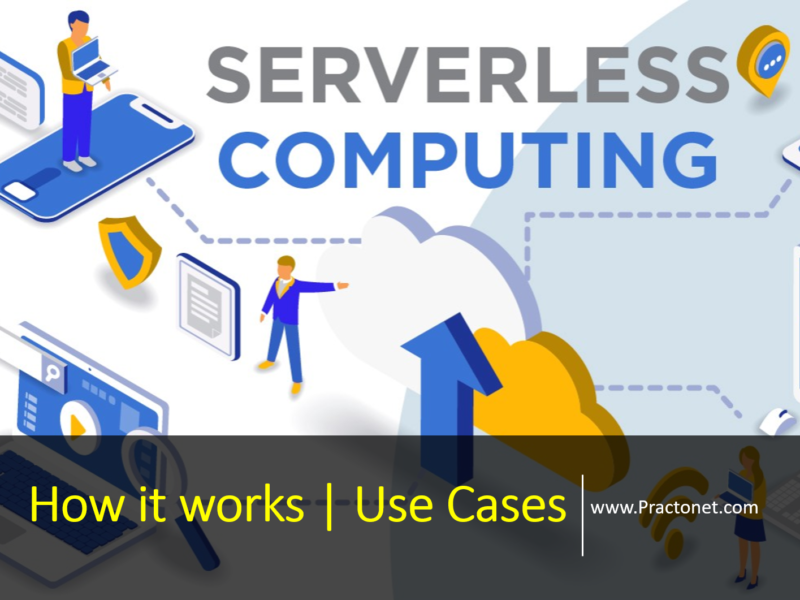If we imagine web as an ocean, the surface web is the top of the ocean which appears to spread for miles around, and which can be seen easily or “accessible”; the deep web is the deeper part of the ocean beneath the surface; the dark web is the bottom of the ocean, a place accessible only by using special technologies.
Today, data extraction is one of the most powerful tools enabling you to stay up-to-date with market developments, gain market intelligence, and become competitive in your industry. But extracting data only from surface web pages is usually not enough. There is a deeper extraction process that allows access to high-quality content that’s mostly hidden. Sound dark? To better understand how deep the web can go and what levels of data extraction are available, let’s take a closer look.
📌 Surface Web
Everything you see on the surface of the internet when going online forms part of the surface web, which comprises just 4% of the entire net. The data available on the surface is purposely indexed by search engines, and this is the reason you can access it easily compared to information on other web layers. Therefore, Surface web is the portion of the World Wide Web that is readily available to the general public and searchable with standard web search engines. It is the opposite of the deep web. The section of the internet that is being indexed by search engines is known as the “Surface Web” or “Visible Web”.
📌 Deep Web
Deep web is part of the World Wide Web whose contents are not indexed by standard web search engines for any reason. The content of the deep web is hidden behind HTTP forms, and includes many common uses such as web mail, online banking, and services that users must pay for, and which is protected by a paywall, such as video on demand, some online magazines and newspapers, and many more. Content of the deep web can be located and accessed by a direct URL or IP address, and may require password or other security access past the public website page.
📌 Dark Web
The dark web (or so-called dark net) includes sites designed to be hidden which mostly have TOR (The Onion Router) urls that are impossible to remember, guess or understand. TOR websites aren’t popular, and they are not accessible without using specific software programs, as a great deal of data is encrypted and hosted mostly anonymously. On the dark net, there are sites related to black markets and illegal activities.





